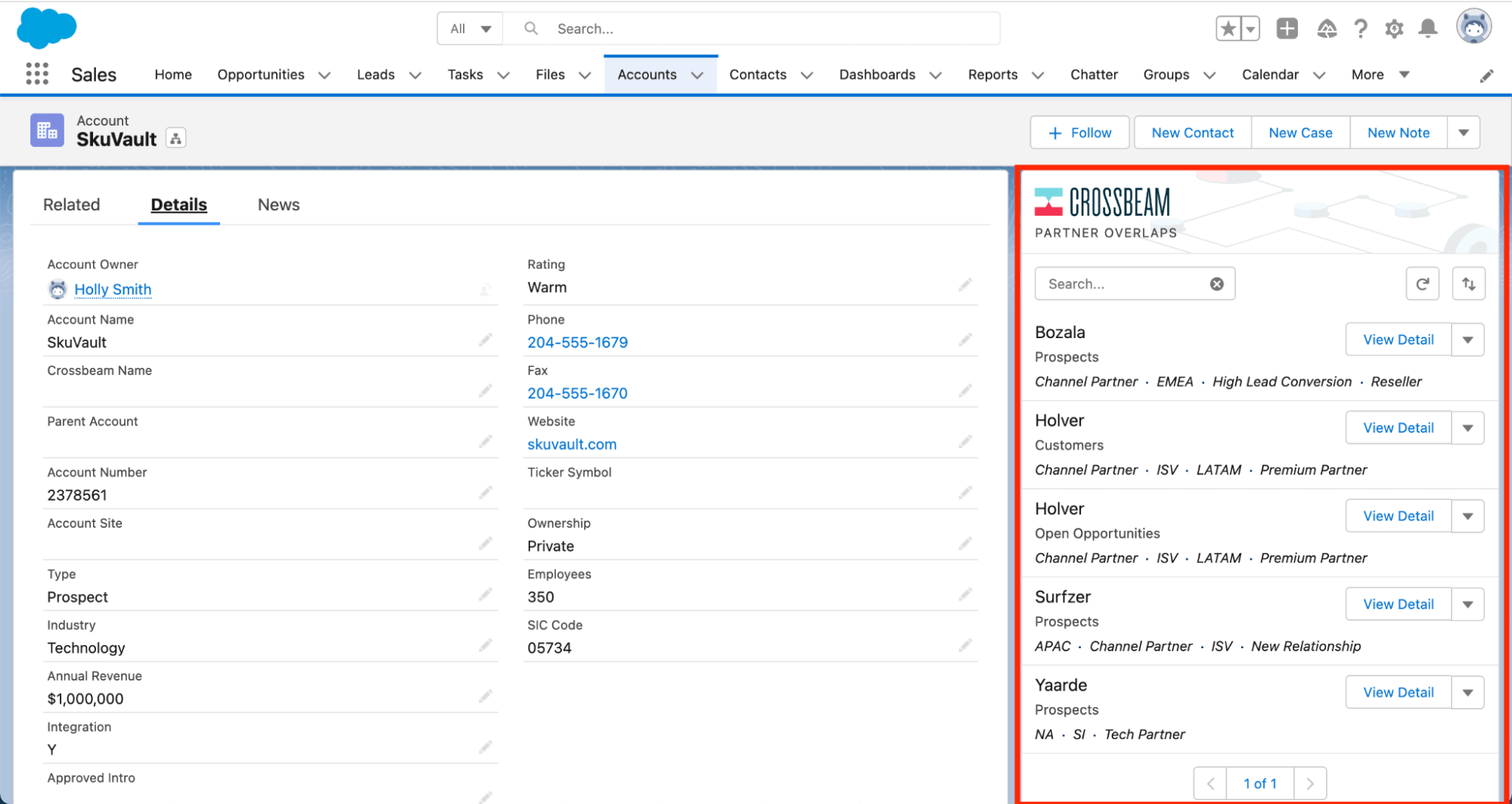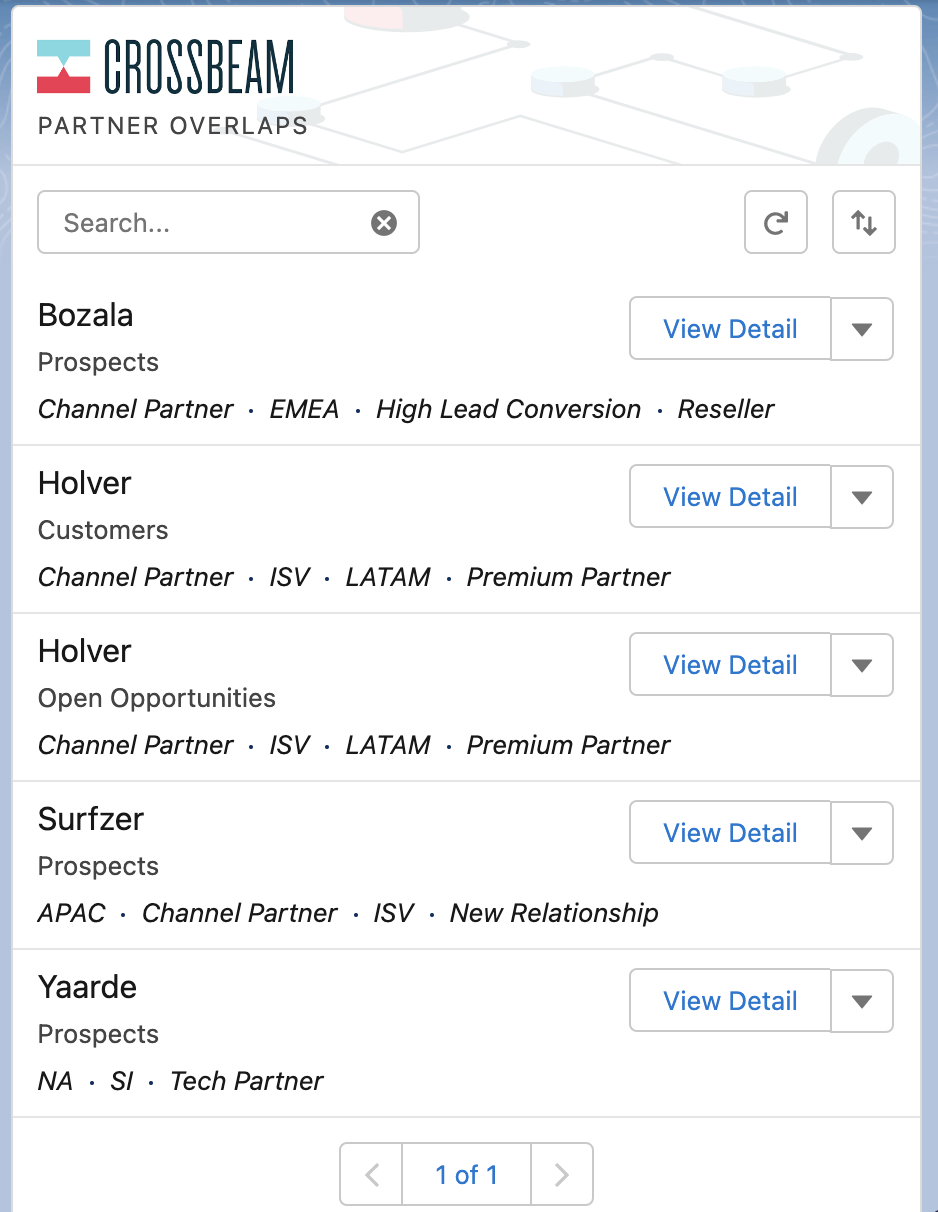By Olivia Ramirez
July 24, 2023
As a salesperson, one of the best feelings has got to be hitting your quota early (that, and the day you get your commission check 🤑).
When you hit your quota early, you can spend the rest of the quarter lining up new leads, establishing relationships to lay the foundation for upcoming quarters, and cheering on the rest of your team. (Well done!)
But in 2023, we’ve seen evidence that traditional sales tactics like cold outbound haven’t been as effective as in previous years. Perhaps you’ve seen the effects first-hand as your response rates decreased or as prospects shared they’re not in the market to buy right now.
You’re not alone. In a June 2023 Pavilion Pulse report, 43% of sales professionals reported adjusted their revenue goals for the year, and most decreased their targets by 11-20%. Buyers are feeling the pressure to procure the most cost-effective tools that work seamlessly with their existing tech stacks, and sales teams are struggling to get a call on the books and prove their product fits the bill.
In order to adapt to changes in B2B buying and a shifting market, sales teams are rethinking their strategies. This is where Ecosystem-Led Sales comes in. 23% of GTM leaders said their primary focus for 2H (Second Half) was Ecosystem-Led Sales (or partnerships) to co-sell with partners who already have existing relationships with their prospects.
Ecosystem-Led Sales can bolster every part of the sales cycle, and deals are 53% more likely to close when a partner’s involved. Ecosystem-Led Sales in action could look like getting intel about your target account from your partner, getting a warm intro into the account, and more.
Below, we’ll share the basics of getting started with Ecosystem-Led Sales, including three tactics you can implement right now.
What to expect:
Tactic #1: Include Tech Stack Insights in Your Sales Outreach
Tactic #3: Team Up With Your Partner to Sell Your Integration
What is Ecosystem-Led Sales?
Ecosystem-Led Sales (ELS) is a strategy in which sales teams look to partners in their Ecosystem and second-party data (“partner data”) to generate high-quality leads, accelerate sales cycles, and drive account expansions.
With second-party data, sales reps have insight into the tools their prospects are using in their tech stacks and which partners can help them close the deal. Sales reps use second-party data to write sales outreach mentioning their prospect’s tech stack and relevant integrations. They also collaborate with partners to get valuable intel about the account, team up to sell their joint solution, and get warm intros.
Compared to cold outbound and direct sales, Ecosystem-Led Sales has led to higher quality leads, faster sales cycles, and more account growth. A few industry averages, from the State of the Partner Ecosystem report:
Ecosystem-Led Sales contributes to 46% faster sales cycles
Deals are 53% more likely to close when a partner’s involved
Partners contribute 32% of total pipeline, on average
Integration users are 58% less likely to churn

A few success stories from companies like yours:
At TalentPop, leads from partners were nearly 40% more likely to book a meeting with a sales rep than cold leads and had 2x the close rate
Highspot saw a 60% larger deal size when co-selling with partners, and partners contributed 58% of the revenue generated by Highspot’s top sales reps
Freshworks saw a 50% faster time to close when swapping warm intros with partners
A note: Ecosystem-Led Sales is the sales-specific strategy within Ecosystem-Led Growth, an org-wide growth strategy that an increasing number of B2B SaaS companies are adopting.
Now, let’s cover three Ecosystem-Led Sales tactics you can start using right away.
Tactic #1: Include Tech Stack Insights in Your Sales Outreach
Knowing which tools are in your prospect’s tech stack can help you hone in on specific product features and integrations relevant to your prospect’s tech stack and existing workflows. With this intel, you can finetune your sales pitch and your demo to show your prospect value right away.
If your product integrates with your prospect’s CRM software, you can speak directly to how their GTM teams can get more value from using your product with their CRM. You’ll help your prospect envision your product as part of their tech stack and as an integral part of their existing workflows.
Second-party data enables you to see which prospects you have in common with your partner’s customer base. If you see that your tech partner Hextall & Co. has your prospect as their customer, that’s a signal that your prospect is using Hextall & Co’s software.
If your partnerships team uses Crossbeam, you can view second-party data directly in your Salesforce account dashboard using the Crossbeam Salesforce Widget.

Above: The Crossbeam Salesforce Widget in the account dashboard, which shows which partners can help close the deal.
The below image shows a closeup of the Crossbeam Salesforce Widget. In the second row, you can see that your hypothetical tech partner Holver has your prospect as one of their existing customers. Speaking directly to your joint solution or integration with Holver could help you accelerate the sales cycle.

Above: A close-up of the Crossbeam Salesforce Widget
By including tech stack insights in your sales outreach or pitch, you can:
Catch the attention of your prospect by mentioning the tools they’re already using and how your product fits into their tech stack directly in your sales outreach to your prospect
Skip ahead in the sales process during your first sales call with your prospect to show how your product increases value from the tools they’re already using
Finetune your demo to show the aspects of your product that relate most to your prospect’s existing tech stack and business goals. You could even include your partner on the call to help showcase your joint value proposition.
An example of a sales outreach email from Census that includes tech stack insights:

An example of a sales outreach email Census’s sales team sends a prospect when they discover their prospect has become a customer of their partner
Tactic #2: Swap Intel With Your Partner
You’re no stranger to looking for mutual connections between your prospects and your LinkedIn network. Think of swapping intel with partners as the “turbo-boost” version of LinkedIn networking, where your partners expect you to reach out for help, likely have valuable intel about your prospects, and can help you accelerate the deal.
Your partner could have valuable intel about:
Who’s the stakeholder with the most buying power
Who would be the practitioners using your product every day
Your prospect’s buying timeline and budget
What your prospect’s buying process is like, including about their legal and procurement process
Whether or not your prospect is ready to buy and adopt your product (and when they might be in the future)
Your prospect’s existing tech stack and business goals
Any competing products your prospect’s considering buying

Using Crossbeam Sales Edge*, you can use co-selling templates to reach out to your partners and ask questions that can help you finetune your sales pitch.
If your partner has a close relationship with your prospect and if it’s the right time to buy, your prospect may also make a warm intro for you or put in a good word for you with the prospect.
An example: Austin Park, Senior Account Executive at Botify, shared how he had been trying to break into an account for forever. After connecting with a partner, he realized that his prospect was already a customer of the partner. His partner had a direct line to the Chief Marketing Officer and was able to facilitate an intro. As a result, he advanced the account to the opportunity phase.
*Crossbeam users on the Connector or Supernode tier have access to Sales Edge. Get started with Sales Edge. ⚡
Tactic #3: Team Up With Your Partner to Sell Your Integration
If your partner is in an existing sales cycle with your prospect, it could make sense to team up to sell your joint solution or integration. If you’re both in the opportunity stage, it would make sense to show the value of your integration to your prospect so they can optimize their workflow using your products together and achieve better results than they would using your products alone. In some cases, selling your integration could also help increase the deal size.
An example: Ella Monarch, Business Development Manager at Ryder E-Commerce by Whiplash, says the ideal second sales call always includes a partner. During her first call with a prospect, she focuses on listening to identify the prospect’s pain points, including pain points her own product may not be able to fix.
Then, she brings in a partner who can help alleviate the prospect’s pain points. When she has identified a partner who can help, she and her partner have a call to discuss their joint value proposition and establish a game plan. In some cases, this involves demoing their integration together for the prospect. As a result of co-selling with partners, 18% of Monarch’s sales pipeline comes directly from partners.
–
More resources for getting started with Ecosystem-Led Sales:
Browse: The Ecosystem-Led Sales Collection on Crossbeam Insider features easy-to-adopt co-selling tactics, success stories, and more.
Read: “15+ Questions to Help Your Sales Reps Master Their Co-Selling Motions” for a list of questions to help you swap intel with your partner’s sales reps (or watch the webinar).
Watch: Supernode talk, “An Ecosystem-Led World” featuring Crossbeam CEO Bob Moore & Pavilion CEO Sam Jacobs. Skip to 24:00 for the fireside chat with Jacobs, where he speaks to the importance of Ecosystem-Led Sales in a shifting market.
Read: “8 Times Sales Reps Won the Deal by Co-Selling With Partners”.
Read: “6 Ways Sales Professionals Can Use Partnerships to Advance Their Careers (And Get Promoted)”.
Read: “Partners Contribute to 58% of the Revenue of Top Performers (And 5 Other Sales Stats)”.
–
Want to learn more about how to level up your sales strategy? Subscribe to Crossbeam Insider, a not-so-secret club for driving revenue, growing your career, and staying ahead of the market with original research and analysis.




This is a test comment.
This is a longer test comment to see how this looks if the person decides to ramble a bit. So they're rambling and rambling and then they even lorem ipsum.